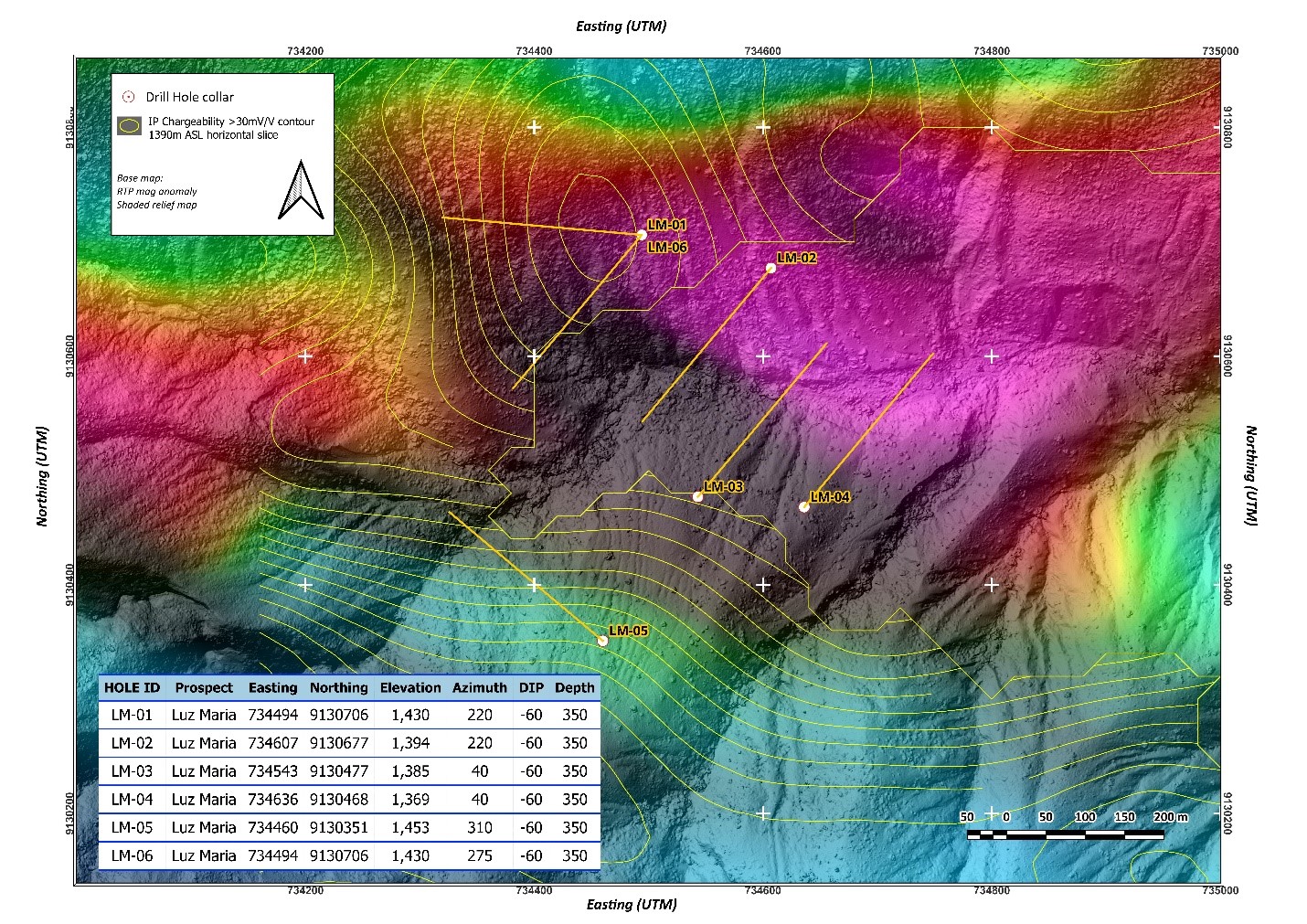Could Data Centers be the Catalyst for Modernizing the U.S. Electric Grid?
Despite the chorus of concerns about data centers overwhelming the grid, the rapidly growing sector is uniquely positioned to invest in transforming it
DENVER, Sept. 24, 2024 (GLOBE NEWSWIRE) — Rapid growth in the U.S. data center market is ushering in a new era of electricity growth and testing the ability of power utilities to keep pace with surging demand. Data center energy use has doubled over the past three years and is expected to continue climbing as more hyperscale data centers leveraging power-hungry generative AI applications come online.
Much of the attention surrounding data center growth has focused on the challenges associated with powering these facilities and the added strain they will place on an aging U.S. electric grid. However, a new report from CoBank’s Knowledge Exchange suggests data center growth could serve as a catalyst for modernizing the grid, just as the U.S. transitions to a digital economy fueled by electrification.
“Right now, there is a terrific opportunity for the utility industry to be intentional in meeting data center demand, setting an important precedent for handling future load growth in a way that better supports the grid,” said Teri Viswanath, lead energy economist for CoBank. “With data centers, we have a very well-capitalized sector that’s willing to make significant investments in the grid. They have also demonstrated the flexibility to embrace creative solutions that increase efficiency and manage their demand loads.”
Financial investments from data center operators could break the gridlock currently stalling some of the massive infrastructure upgrades needed, the report noted. Additionally, those investments could be leveraged to help rewire the industry in a manner that benefits all sectors of the economy, while limiting the financial exposure of other commercial industries or consumers.
In concentrated areas of data center development along the East Coast, electric distribution utilities are taking steps to ensure data center operators are paying their fair share of grid improvement costs. Data center contract terms are being designed to provide a buffer between the infrastructure build-out required for larger demand loads and rising power bills for existing customers in the network.
Distribution utilities are collecting interconnection costs upfront and establishing rigorous pass-through processes for costs associated with accessing grid supply. Other cost sharing strategies include take-or-pay terms for power supply and advance payments for infrastructure buildouts. In accepting these contract terms, data center operators have demonstrated their willingness to make generational investments in the grid.
The mass development of data centers might be arriving at just the right time to make critical investments in the grid and more efficiently use existing infrastructure, Viswanath posits, as well as to catalyze a new era of energy efficiency. Sizeable investment from these well-capitalized consumers could potentially break the gridlock currently stalling the massive infrastructure enhancement needed, potentially rewiring the industry in a manner that has broader benefits.
Viswanath suggests the electric grid has been in a constant state of change for the past 140 years, with many moments in that history that feel much like the current one. Consistently, creative adaptation has occurred as the grid has evolved to meet the challenge of the day. But this time around, some of the more novel solutions are coming from consumers including the very data centers whose accelerated needs are propelling the change.
“Data centers are the bricks and mortar of the new digital economy,” said Viswanath. “They are here to stay and the economic opportunity that comes with ensuring we have a revitalized electric grid that supports the wave of electrification is huge. It’s in the national interest that we get this right.”
Read the report, Could Data Centers be the Catalyst for Modernizing the U.S. Electric Grid?
About CoBank
CoBank is a cooperative bank serving vital industries across rural America. The bank provides loans, leases, export financing and other financial services to agribusinesses and rural power, water and communications providers in all 50 states. The bank also provides wholesale loans and other financial services to affiliated Farm Credit associations serving more than 77,000 farmers, ranchers and other rural borrowers in 23 states around the country.
CoBank is a member of the Farm Credit System, a nationwide network of banks and retail lending associations chartered to support the borrowing needs of U.S. agriculture, rural infrastructure and rural communities. Headquartered outside Denver, Colorado, CoBank serves customers from regional banking centers across the U.S. and also maintains an international representative office in Singapore.
CONTACT: Corporate Communications CoBank 800-542-8072 news@cobank.com
















